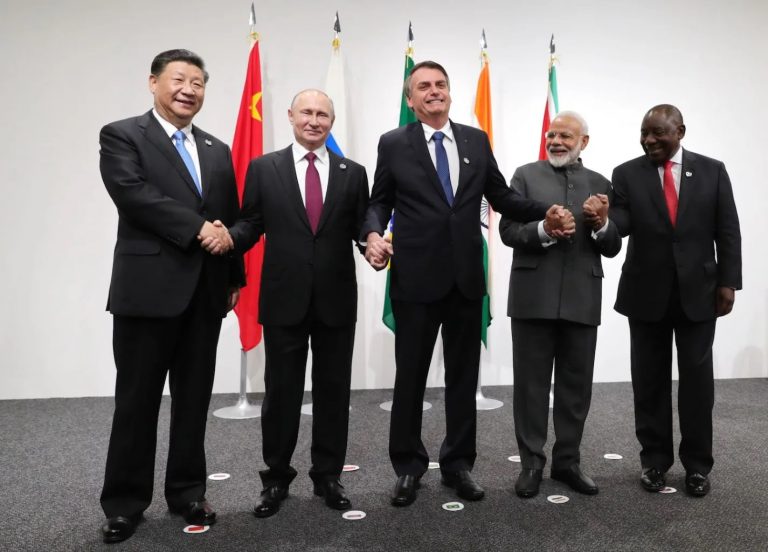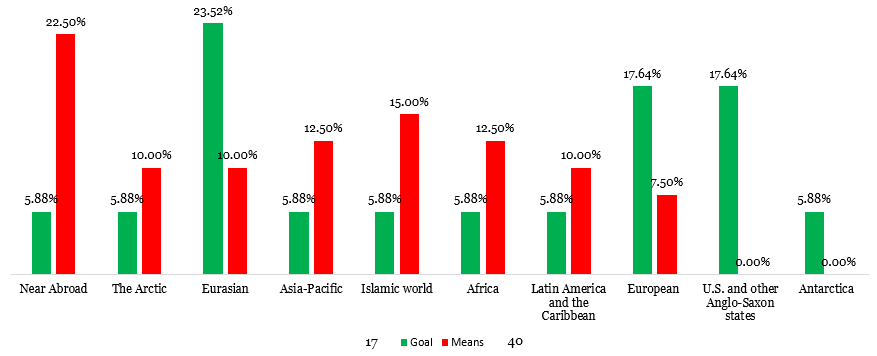
Bridges are important for more than just connecting communities. Bridges are required for the formation and maintenance of strategic relationships in order to capture common interests and benefits. This is one of the primary reasons why a group of people, organizations, and governments have distinct strategies for establishing and maintaining relationships. Countries from the Global North to the Global South are announcing the aims of partnerships and the measures to achieve them in their foreign policy declarations. When the occasion calls for it, presidents may also make spoken statements.
All of this is known to Moscow. That is why, for decades, it has articulated its foreign interactions and collaborations with relevant governments and enterprises in accordance with global best practices. As one of the sovereign centers of global development, it has played a unique historical role in shaping the modern system of international relations and eradicating the global system of colonialism. Its mission is to maintain the global balance of power and establish a multipolar international system. Therefore, Russia being guided by the principles of sovereign equality and respect for each other’s interests towards maintaining strategic stability, strengthen international peace and security.
The Russian Federation’s strategic foreign policy aims to create an equitable and sustainable world order, maintain international peace and security, and promote peaceful coexistence and progressive development. It assists in developing comprehensive responses to common challenges and threats, promotes mutually beneficial cooperation with foreign states and their associations, counters anti-Russian activities, establishes good neighborly relations with contiguous states, assists Russian allies and partners in promoting shared interests, and strengthens the capacity of multilateral regional associations and integration structures.
Register for Tekedia Mini-MBA edition 19 (Feb 9 – May 2, 2026): big discounts for early bird.
Tekedia AI in Business Masterclass opens registrations.
Join Tekedia Capital Syndicate and co-invest in great global startups.
Register for Tekedia AI Lab: From Technical Design to Deployment (next edition begins Jan 24 2026).
The Russian Federation also aims to consolidate its position in the world economy, ensure national development goals, and protect its interests in the world’s oceans, space, and airspace. It also aims to enhance Russia’s role in the global humanitarian space, preserve historical truth, and protect the rights, freedoms, and legitimate interests of Russian citizens and entities abroad. It also develops ties with its compatriots living abroad, ensuring their rights and cultural identity are protected. In an effort to fortify the underpinnings of the global financial system, Russia is also taking the lead in and starting regional financial projects.
Our analyst further examined the recently released Concept of the Foreign Policy of the Russian Federation with a view to revealing the number of goals and means the country has for continents across the world as well as implications for building sustainable foreign relations. The policy document clearly states the establishment of an equitable and sustainable world order, the rule of law in international relations, and strengthening international peace and security as the key priorities of the Russian Federation.

Source: The Concept of the Foreign Policy of the Russian Federation, 2023
Analysis indicates that, in terms of goals, the Russian Federation pursues more significant international relations with countries in Near Abroad, the Arctic, Asia-Pacific, Africa, Latin America and the Caribbean, and Antarctica than with those in Eurasia, Europe, the United States, and other Anglo-Saxon states. It should be noted that this does not mean that the Russian Federation does not make an effort to keep in touch with the governments of these continents. Our analyst notes that it only shows the degree of prioritization that is in place while creating goals.
Meanwhile, analysis suggests that the shortfall in goal setting seems to be complemented by the number of means allocated to some of the continents: Near Abroad, the Arctic, Asia-Pacific, Africa, Latin America and the Caribbean and Antarctica. For example, analysis reveals that Near Abroad, which comprises countries in the Commonwealth of Independent States, that is, Armenia, Azerbaijan, Belarus, Kazakhstan, Kyrgyzstan, Russia, Tajikistan, and Uzbekistan, has over 22% of the 40 means found in the policy document.
On the other hand, the Artic, Asia-Pacific, Islamic World, Africa, Latin America and the Caribbean, which have fewer goals, were allocated a significant percentage of means. Our analyst observes that this might be linked with the Russian Federation’s recent focus on the continents in the context of the new geopolitical order system, multipolarity.


